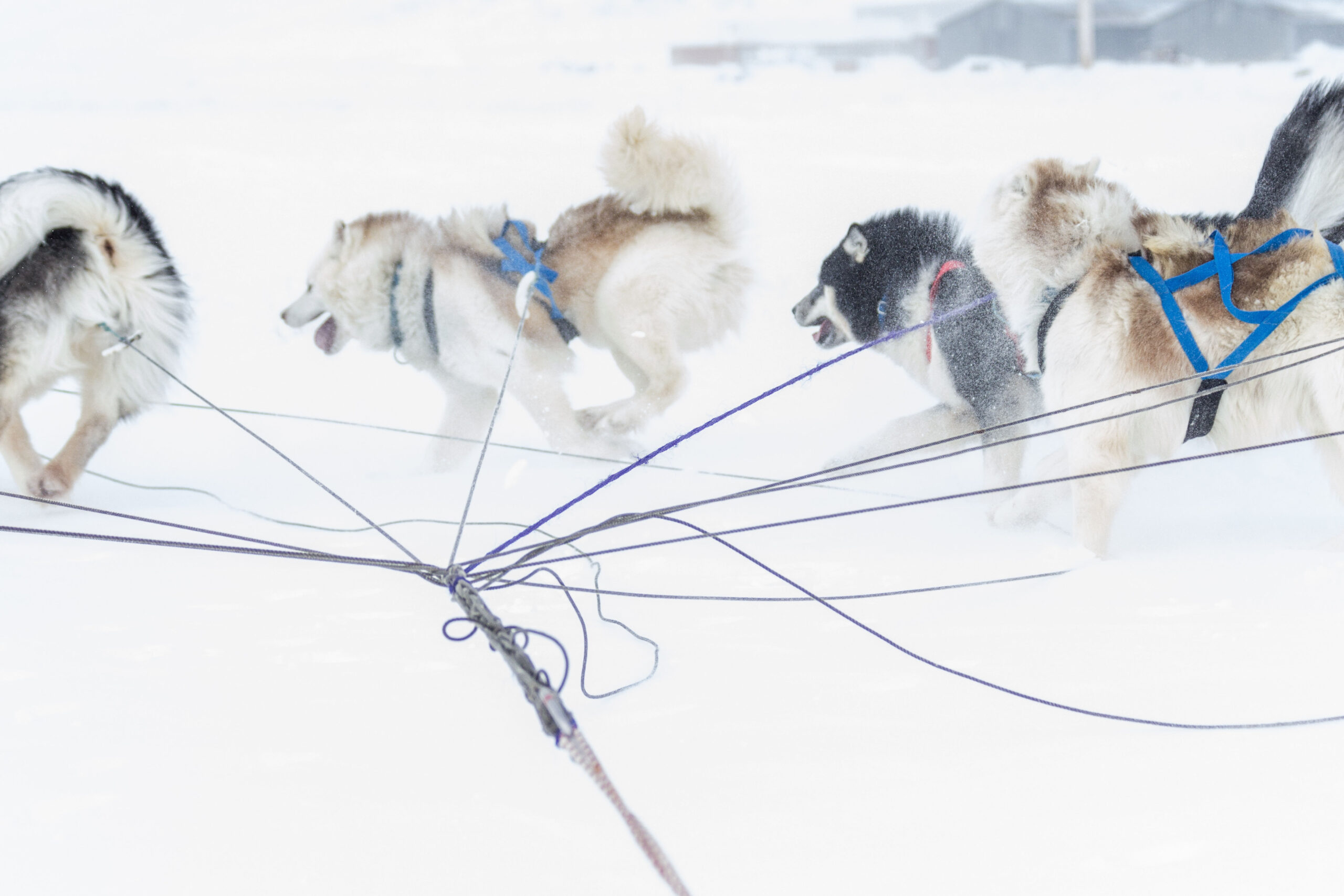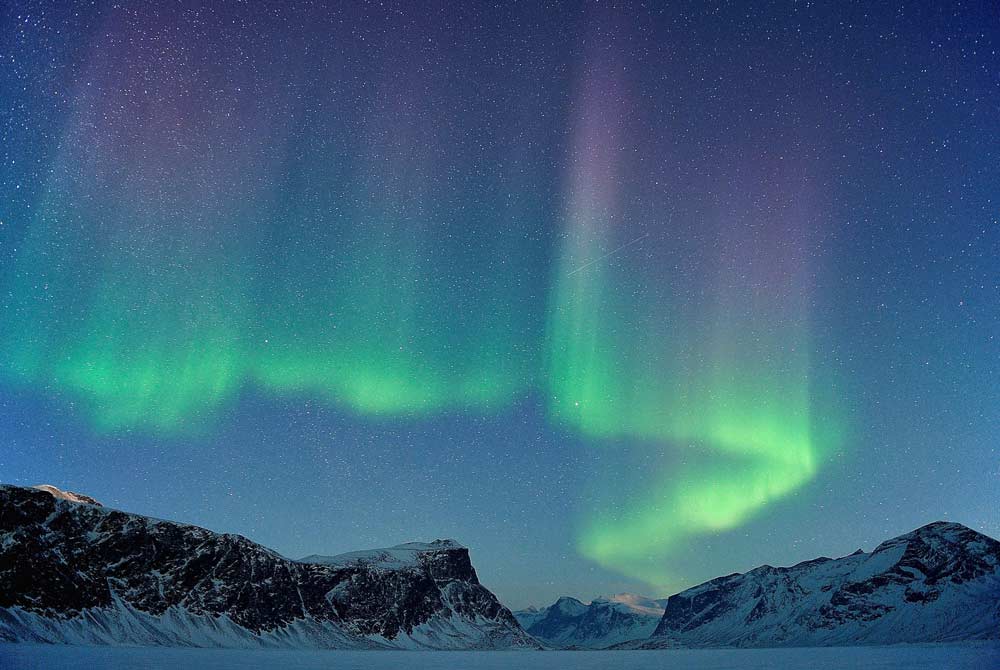The community of Kimmirut is named for a distinctive rocky outcrop known to the local people as ‘the heel’ because it looks exactly like the back of your foot!
This traditional Inuit hamlet is the southernmost community on Baffin Island. It is located across the Hudson Strait from the mainland of Québec, Canada.
The landmark ‘heel’ for which it is named stands 60 metres (197 feet) across the water from the hamlet. Kimmirut is home to an excellent scrimshaw ivory, serpentine, soapstone and marble-carving art gallery, which also features the prized creations of jewellers using locally found gemstones.
425
91% Inuit
Inuktitut, English
Longitude 69° 53’ W
Latitude 62° 51’ N
Elevation 53m
Kimmirut exists upon some of the oldest terrain on Earth, dating from the formation of the planet. Folds, plunges and shears have left a rich variety of metamorphic rock formations and exposed geological domains. The powerful tides of Glasgow Inlet average 11 metres (36 feet) of rise and fall upon the sheer rock face of the Kimmirut ‘heel.’ In the wintertime, low tide pulls the sea ice down to reveal a dazzling turquoise blue ice wall!
Weather & Climate
HISTORY
The Inuit people of Kimmirut come from an ancient lineage of indigenous culture dating back over 4,000 years.
- Paleo-Eskimo Culture: 2500 BC to 1500 BC
- Pre-Dorset Culture (‘Saqqaq’): 2500 BC to 500 BC
- Dorset Culture (‘Tuniit’ or ‘Sivullirmiut’): 500 BC to 1500 AD
- Thule Culture (Proto-Inuit): 1000 AD to 1600 AD
- Inuit Culture (Eskimo): 1600 AD to present-day
First contact with Europeans occurred around 1000 AD when Dorset people encountered Norse sailors from Greenland. Thule people had intermittent contact with the Vikings for another 500 years.
Fur traders would periodically pass through this region. During the 1860s there was frequent contact with Scottish and American whalers who hunted bowhead whales in Hudson Strait. By 1900, the Tay Whale Fishing Company of Dundee Scotland had established a mica mine near Lake Harbour (present-day Kimmirut) that employed local Inuit men as miners. The work attracted many more families to this area.
An Anglican mission was built across the bay from the community in 1900.
The Royal Canadian Mounted Police set up a police station in 1927. A federal school and medical clinic were constructed in the 1950s. During the ’50s and throughout the ’60s many Inuit families abandoned their nomadic lifestyles and took up permanent residence here. The hamlet changed its name to Kimmirut in 1996. The distinctive heel-shaped outcrop for which it is named is composed of marble and soapstone is quarried nearby.
ACTIVITIES AND WILDLIFE
Summertime activities to be enjoyed here when the tundra slopes are dappled with white heather and arctic poppies include hiking, kayaking, canoeing, fishing, hunting and berry picking.
Expert local guides must accompany you if you’d like to go hunting or fishing here. They know all the best places, the ice conditions, the tides, the ocean currents, the dangers, the winds and the weather. In the springtime they will safely escort you to the floe edge to see inquisitive seals and chattering beluga whales. Other wildlife species to be viewed near Kimmirut include migratory seabirds, low-flying ptarmigans, talkative ravens, lemmings, arctic hares, arctic fox, arctic wolf and sometimes a prowling polar bear. Dog sledding and snowmobiling are very popular activities. Local guides can take you along an ancient travel corridor from Kimmirut to Iqaluit that passes through the majestic landscape of nearby Katannilik Territorial Park.
ARTS AND CULTURE
Kimmirut is a vibrant arts and crafts community that benefits from the local geology, with carvers and jewellers who incorporate local rocks and gemstones into their work.
Many of Kimmirut’s residents are renowned carvers whose art is collected worldwide.
Parks
Katannilik Territorial Park
‘Katannilik’ means ‘the place of waterfalls’ in Inuktitut. This park stretches across Baffin Island’s Meta Incognita Peninsula from the Hudson Strait at Kimmirut to Frobisher Bay near Iqaluit.
It has beautiful mountains, cliffs, ravines and valleys to explore and a great many waterfalls to see. Katannilik Park contains the tallest trees growing on Baffin Island — Dwarf Arctic Willows that grow to three metres (ten feet) tall. Also unique to this park is one of the world’s best deposits of lapis lazuli, the striking blue gemstone.
The Soper River
The Soper is a Canadian Heritage River located inside Katannilik Territorial Park that flows south into Glasgow Inlet at Kimmirut.
It winds through mountainous sections of the Meta Incognita Peninsula, cutting gorges into the landscape. In places along the banks of this waterway there are dramatic cliffs rising 305 metres (1,000 feet) straight up. It’s an exciting river to travel down, with many challenging sections of whitewater and numerous waterfalls. The Soper River valley is also a great place to view arctic wildlife. You may see caribou, arctic hare, ptarmigan and arctic wolves.
Taqaiqsirvik Territorial Park
Taqaiqsirvik Territorial Park (Campground) provides a nice place to camp after hiking through Katannilik Territorial Park or canoeing down the Soper Heritage River. It is conveniently located close to Kimmirut. The campground area has been recently refurbished with outhouse facilities, tent pads and fire pits.



